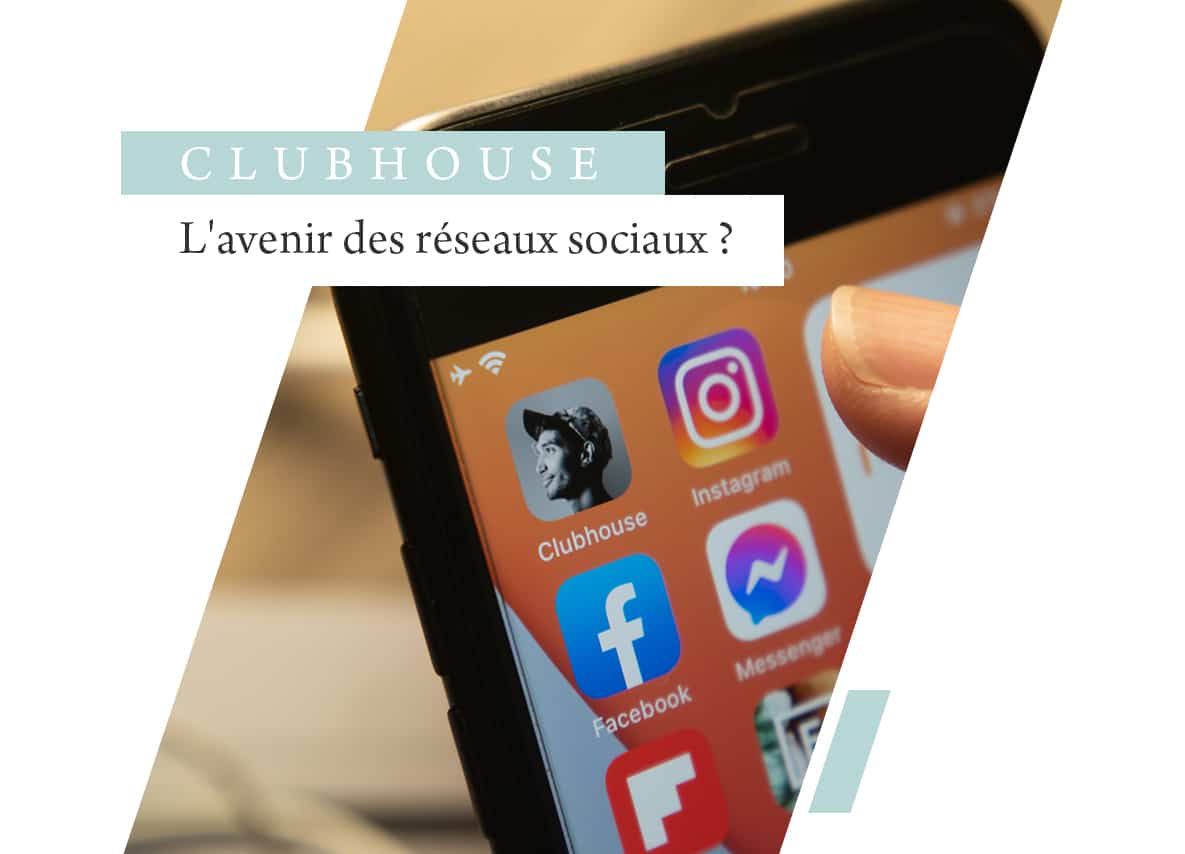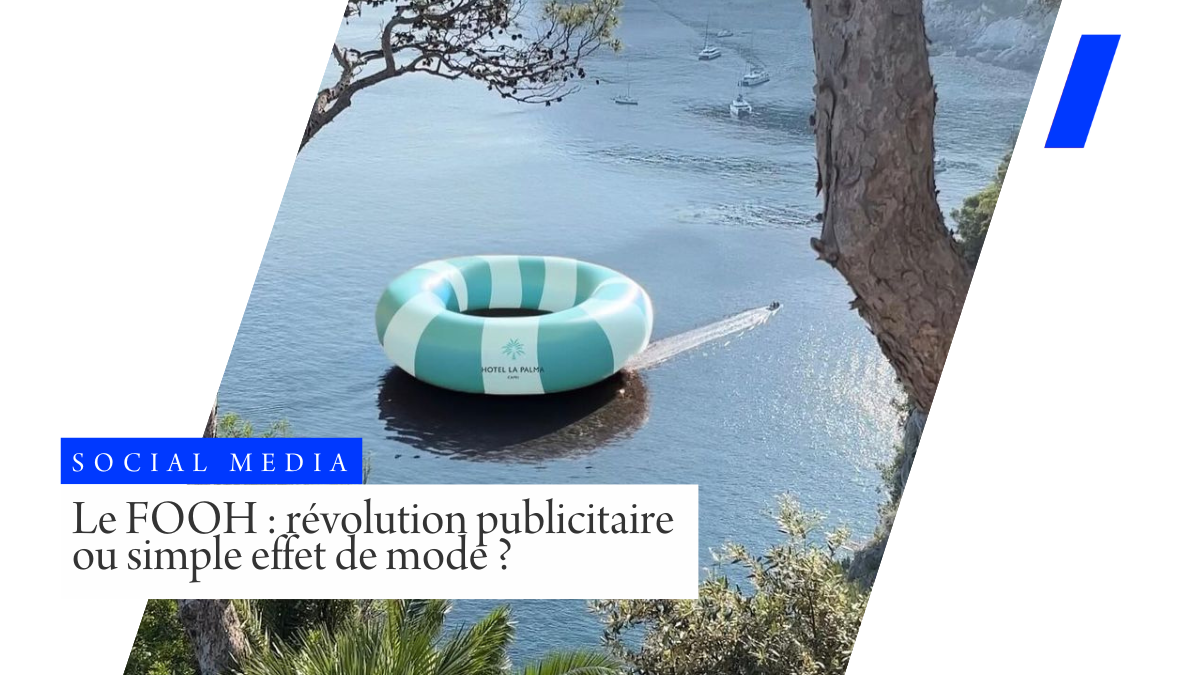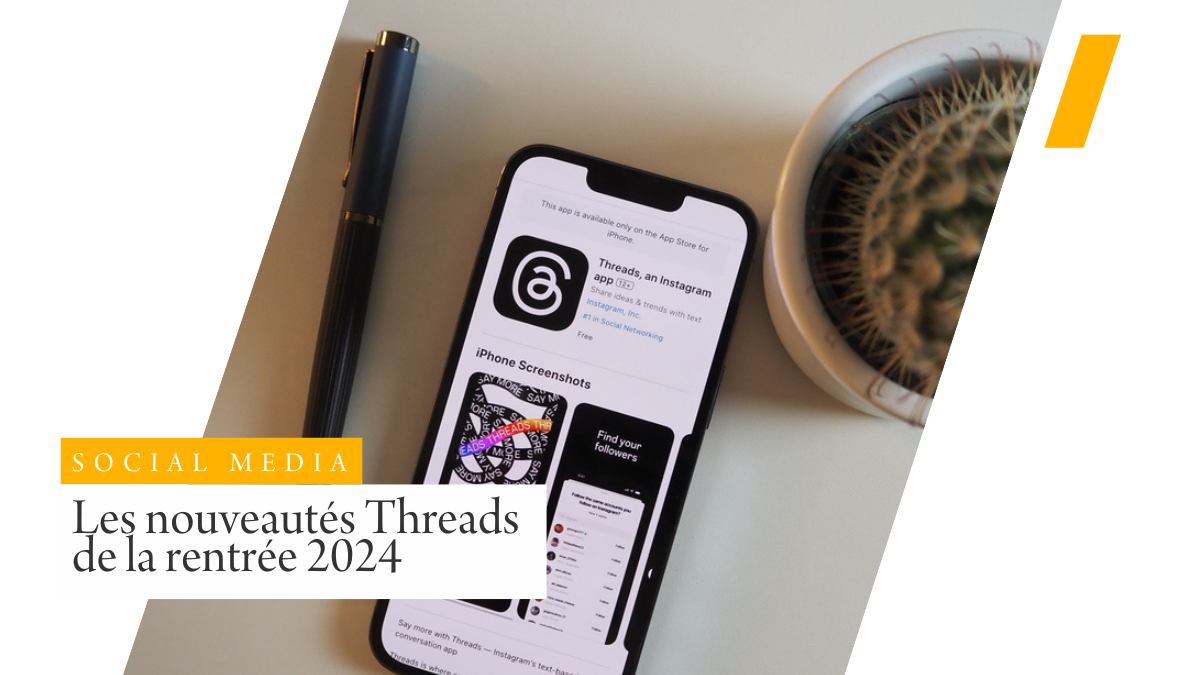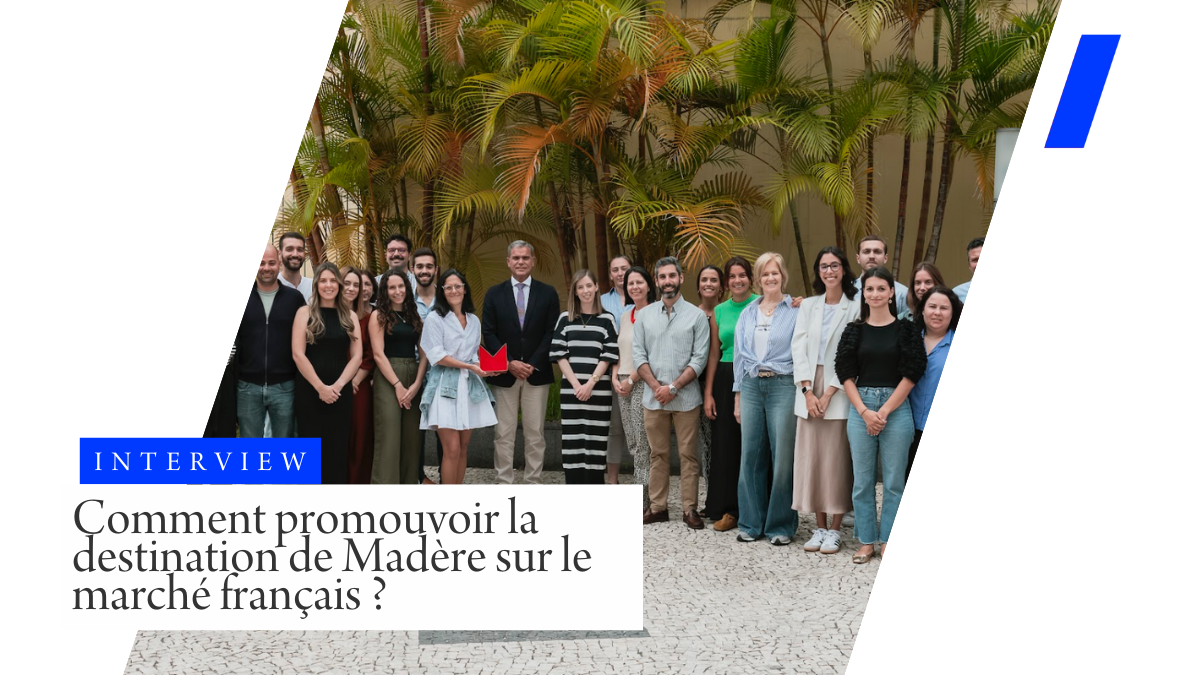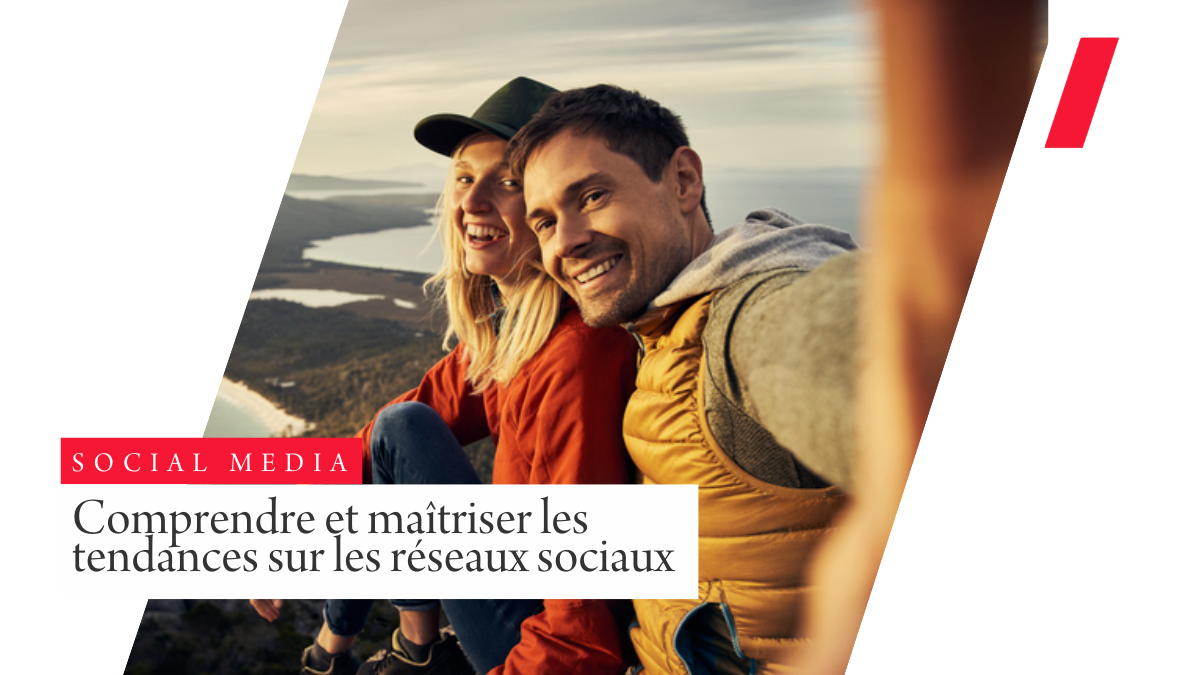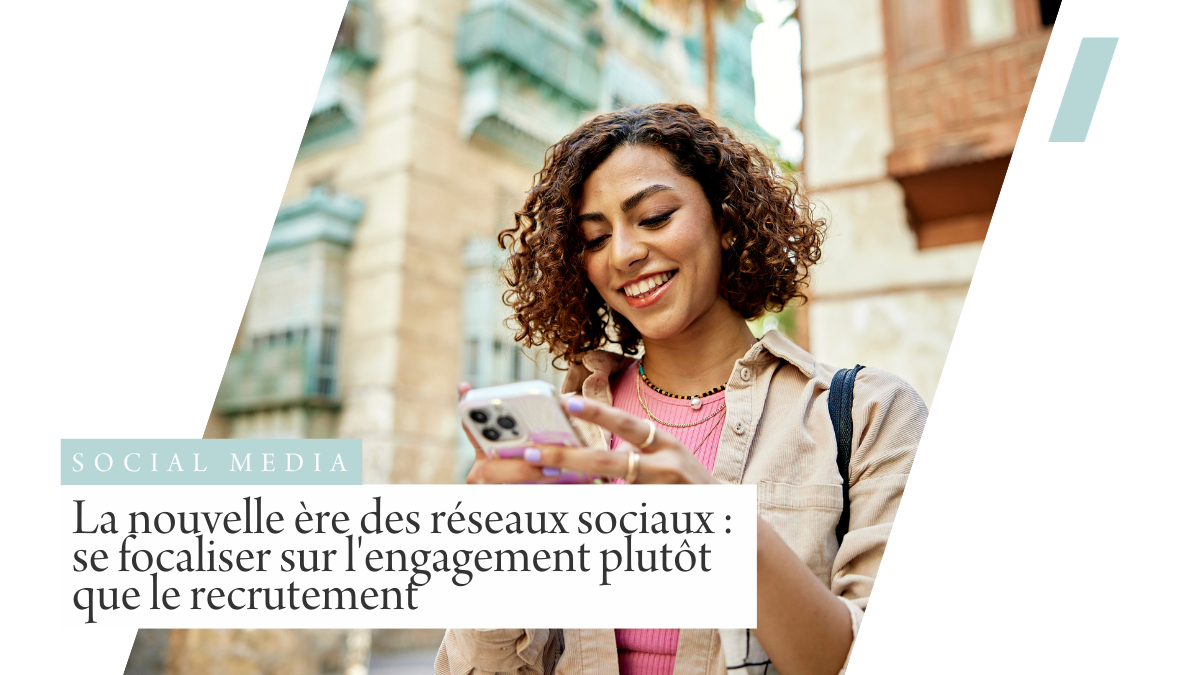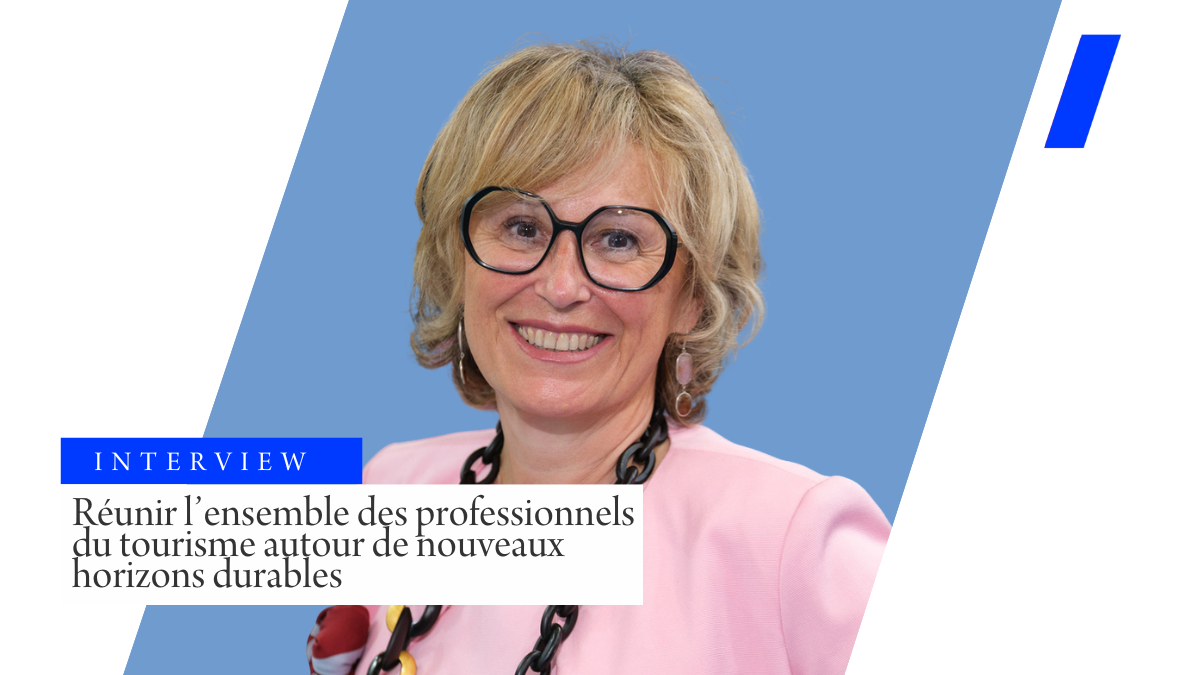It’s the new social network everyone’s talking about: Clubhouse! Centered on live voice exchanges, with no video, images or text, and only by invitation and on iPhone, how is this “select” network used, and how is it different from/complementary to the other social networks we know so well? 😊
What is Clubhouse?
Launched in March 2020 during the health crisis, the Clubhouse app now boasts over 8.1 million downloads.
This social network created in California by Paul Davison and Rohan Seth, two well-known Americans from Silicon Valley, defines itself as an audio conversation space whose experience is based on audio and nothing but audio 📢 The co-founders describe Clubhouse as “a place to meet friends and new people from all over the world – to tell stories, ask questions, debate, learn and have impromptu conversations on thousands of different topics”.
Here’s how it works: users can join live conferences (known here as “rooms”) of up to 5,000 people, and listen in on what’s being said.
To take the floor, simply use the “raise your hand” feature and wait for the administrator to “bring you up on stage”.
However, it is not possible to record discussions – everything is immediate and private.
So, unlike a podcast, if you want to follow a particular room, you’ll have to log in at the precise moment when it’s online.
So you don’t have the option of scheduling your listening at a more convenient time of day.
You can also launch your own conference on the topic(s) of your choice, choose your speakers and manage your audience.
Clubhouse chat rooms cover a wide range of topics: economics, entrepreneurship, personal development, politics, sports, entertainment and more.
There’s something for everyone!
The application has already won over the likes of Mark Zuckerberg, Xavier Niel, Oprah Winfrey, Ashton Kutcher and Jamel Debbouze.
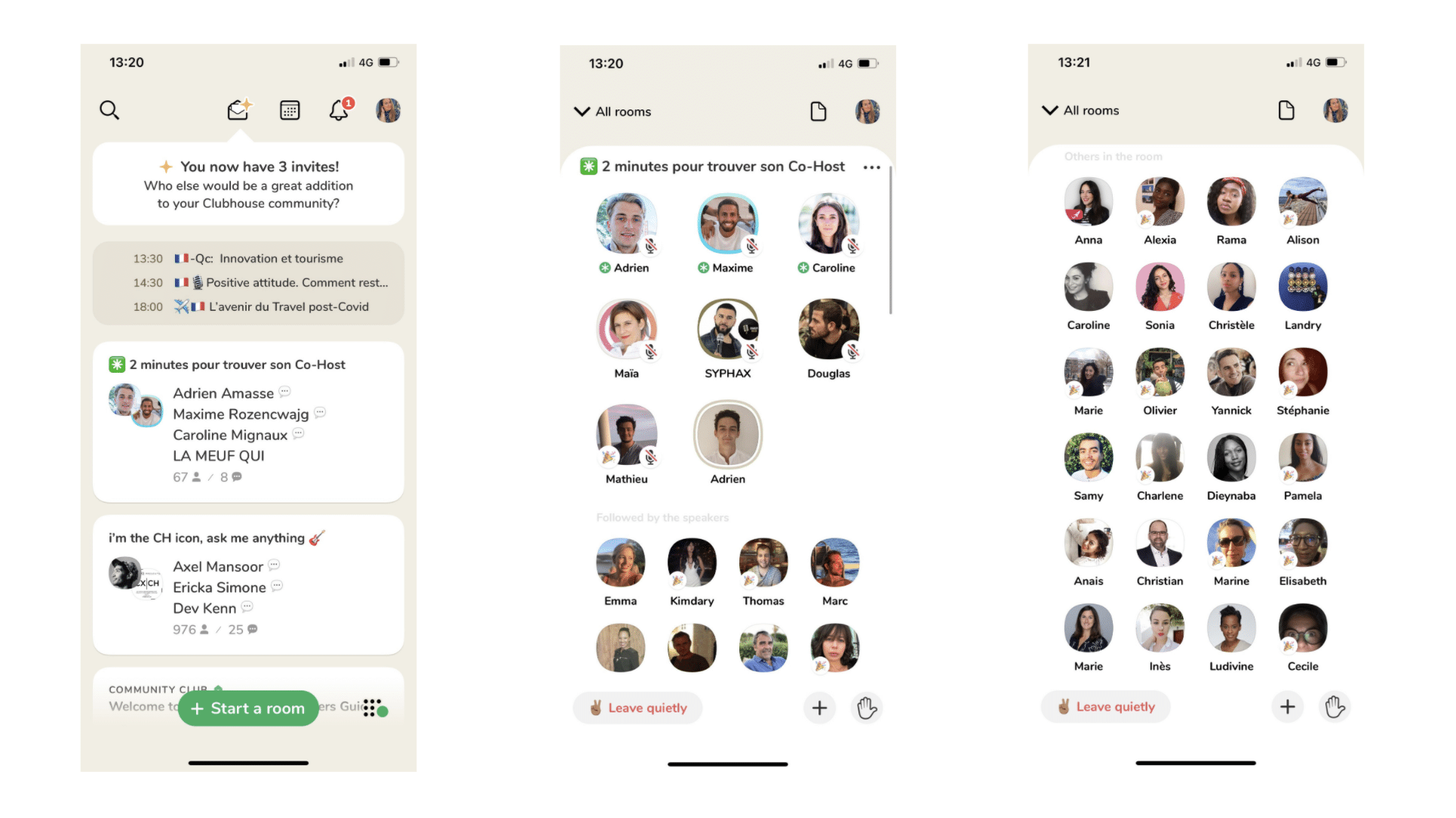 The great thing about these interactive programs, which come on top of blog posts and podcasts, is that it’s possible to interact with the people listening.
The great thing about these interactive programs, which come on top of blog posts and podcasts, is that it’s possible to interact with the people listening.
This enriches the experience for both content creators and listeners.
You could compare Clubhouse, for example, to a platform with lots of free radio stations, where everyone can have their say (moderators permitting).
It’s clear that you’re very curious to discover Clubhouse, yet to access the application you’ll first need to own an iPhone and receive an invitation from an existing user to join the platform and become part of the community.
In this way, the application plays on the “hype” aspect, creating desirability because everyone wants to be there!
As well as giving it a VIP feel, this particular feature means that Clubhouse can limit access for the time being, as the social network is still in the development phase.
Although the application describes itself as a place for exchange on all subjects, it would appear that, for the time being, it is essentially a way for start-ups to connect with each other for networking purposes.
The network is criticized for being too “one-to-one”, and some even compare it to a more BtoB-oriented LinkedIn.
This is set to change, however, as more and more people outside the tech industry receive invitations, and as the French become increasingly familiar with this new tool.
Finally, the question that naturally arises, particularly in the wake of the Facebook affair, concerns the management of its users’ personal data and the protection of their privacy.
As it happens, certain security flaws have already been pointed out, and hackers are beginning to have a field day.
A few days ago, for example, a user was able to broadcast the discussions of several rooms on a website, and it is apparently possible to listen to the voices of users outside the platform.
That’s why, as always, caution is called for, and cyber security experts warn users to assume that all conversations are recorded.
With the success of this application and its gradual opening up to a wider audience, another issue is emerging: that of content moderation.
Indeed, it’s important to point out the excesses that can result from the success of this application: orality.
Oral means freedom, instantaneity and the impossibility of controlling what is said.
It is therefore essential for administrators to moderate and regulate the people who can intervene in discussions, to avoid any hateful, racist or misogynistic comments.
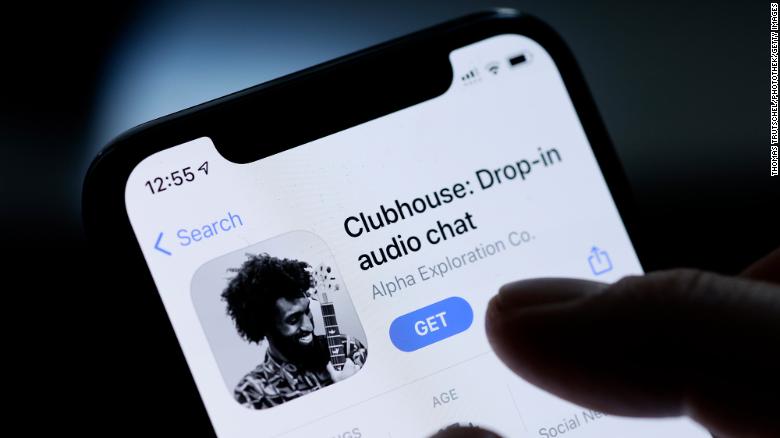
Is voice the future of social networking?
As we saw in our study on the use of social networks during confinement, the covid-19 health crisis has strongly influenced our use of social networks, and has enabled many of them to establish themselves as preferred communication media.
Indeed, over the past year, the general need to cope with social distancing has enabled video and videoconferencing applications such as WhatsApp, Tiktok and Zoom to flourish.
It’s this need to (re)create links that has brought Clubhouse to the forefront, thanks to its distinctive format: users, isolated at home, find a genuine place for warm exchange.
It’s all about the voice, and only the voice.
Clubhouse thus capitalizes on the mode of communication popularized by podcasts (which we mentioned here ), messaging services and applications, via which many users exchange voice messages.
On the other hand, one of the great advantages of this network is its immersive nature.
It’s well known that it’s possible to convey many emotions while capturing the listener’s attention through voice, inflection or intonation.
This creates and reinforces a close relationship with the audience.
As opposed to the dictates of appearance that prevail on most social networks, here you don’t need to be well-dressed, well-dressed or even wearing make-up to be able to participate. What’s more, just like podcasts or radio, you can consume this network wherever you are: on the move, while walking, while cooking, etc., which makes it a very attractive option. Which makes it a very attractive proposition for some.

And what about influencers?
There are no influencers on Clubhouse, just content creators and opinion leaders.
Why this nuance?
Because today’s speaking is not mainstream, but niche and professional.
Influencing is one of the actions of a Talent, but here he is not in this posture, but present as a personality, entrepreneur, independent, brand, media in his own right.
All at once.
Increasingly numerous on the platform, they animate or intervene in rooms linked to their profession of content creation, branding, photo/video, trends, tools, but also give themselves an entrepreneurial voice.
Professional interaction, networking, but also a manifesto of good and bad practices in a given sector, Clubhouse enables free, uninhibited public discourse outside the traditional networks that are involved.
Talking about Instagram or Youtube on Clubhouse is also a neutral space for exchange between different players, whatever the sector, media, issues or community size (we reset the counters to zero).
This still-protected space allows us to free our voices and talk about an entire ecosystem with different aims: to explain it, to help it evolve, to jump-start it.
We’re still on the only digital network that hasn’t been seized by brands and advertising (even if self-promotion is present), who are currently seeking their place on it.
Content creators therefore have every interest in being present, and brands in positioning themselves to rework this direct, human link, which has been undermined by Covid 19.
B2C content creation is not on the agenda at the time of writing.
Access to the application, which is still confidential, can only be unlocked if these opinion leaders take the floor to open the doors.
But who will take the virtual floor to invite their community to request access (thousands of PMs to be expected to manage new subscribers) and follow them on a new medium where people talk without filters (Instagram), without creation, without images, without replay?
It’s a far cry from the mechanics of mainstream social media consumption, but the horizontality of exchanges is more than welcome, especially in our digital communications sector, which suffers from a certain standardization of content.
The floor is yours to defend (your profession) and this pitch game between professionals is a multi-course menu which, if well chosen, could well nourish many players in their future collaborations.
From rather timid beginnings, Clubhouse now boasts 3.6 million users worldwide, and is valued at $1 billion.
These figures are set to swell rapidly under the impetus of European markets, which have been snapping up the application since the beginning of the year.
The voice application is so successful, in fact, that Twitter recently launched Twitter Spaces (in beta version), a space dedicated to group voice chats, and Facebook is reportedly already working on the creation of similar audio chat rooms.
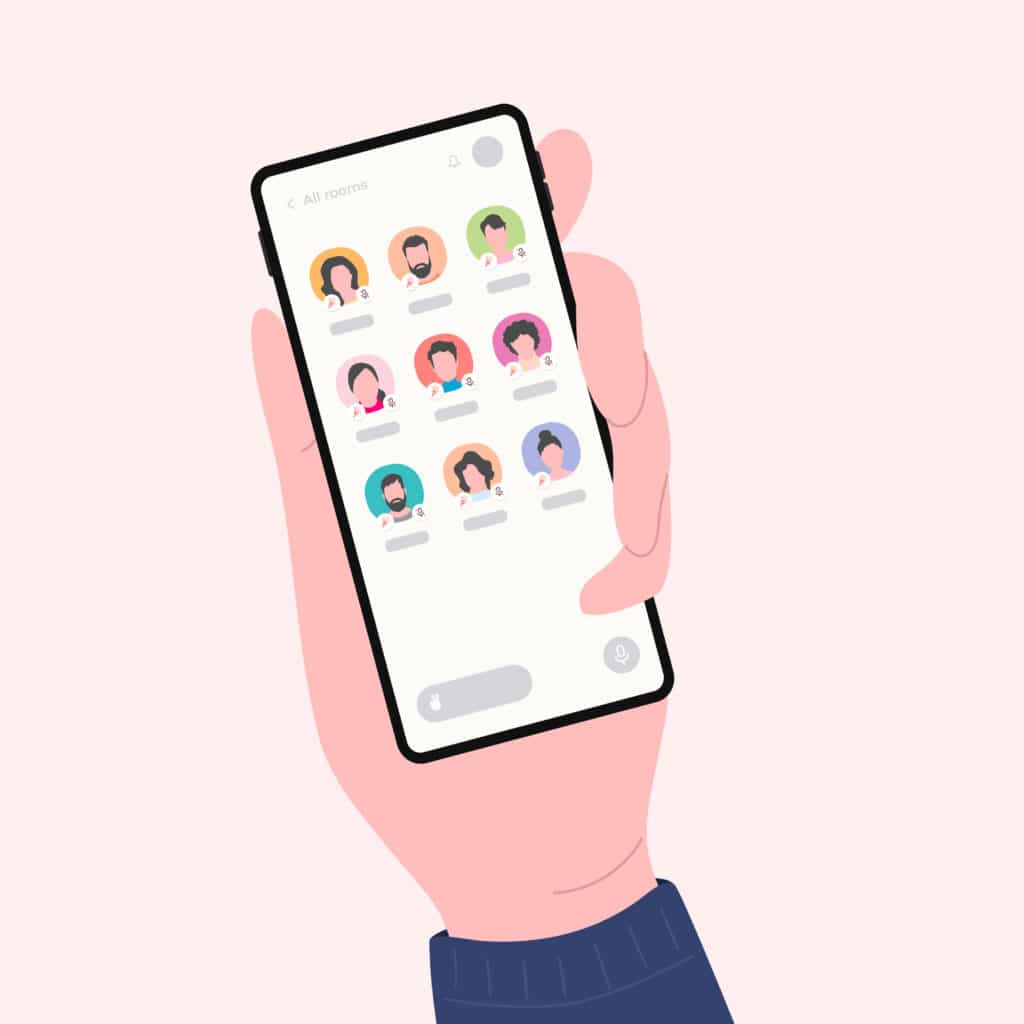
In conclusion, we’re in a position to wonder about the long-term future of this application once the “fashion” aspect has passed.
Aren’t some of the features that have made it such a success today likely to weary users and cause a loss of interest?
Its overly elitist nature, the impossibility of shifting or replaying conversations, and the absence of a real business model.
It remains to be seen how Clubhouse will hold up and continue to grow once the pandemic has passed (very soon, we hope!) in the face of the social networking giants, and how the application will fit into future digital communication strategies, particularly in the tourism sector.
And what about tourism?
In the early days of the application, we are in a position to question the use and application of this social network in the tourism sector.
To this end, we interviewed two tourism professionals who are active users of the application.
The opinion of Tiphaine Neveu, Influence Manager at Club Med and freelance consultant
“ I go to Club House above all for B2B, to feed my networks, because so many players are present and I also meet up with friends and colleagues.
In my opinion, it’s vital to be present on this type of platform from the outset, to know if you’re going to be there as a brand.
I like the spoken word format: effective, clear, easy to use, the voice is unfiltered, it can’t be disguised.
What slowed me down at the beginning was the USA’s applicative approach, which has been passed on in France, but which is less in line with our approach to work.
This American-style “mindest”, based on professional success, personal branding and self-promotion: show your success and positive mind to inspire audiences.
What may seem like navel-gazing and self-indulgence can be a source of inspiration and open up new subjects.
Talking about yourself without being superficial – that’s the real challenge of public speaking.
As the weeks went by, I also realized that the Rooms offered to me were rather reductive, so I had to go and find them, follow the path of the insiders and then make my own way to go further. In my opinion, there are a few best practices to follow in order to make your room a success:
Present a subject with finesse, don’t be opportunistic, bring your subject, your brand, your case to the table gently, moderate and storytell the exchanges.
Use the app to its full potential, as a speech amplifier, but not as an end in itself.
And the future of Club House?
It’s B2B.
I see conferences, experience-sharing, brands embodied by ambassadors, influencers, founders, joint meetings between employees, or even incentives in closed rooms”.
Laurent Baric’s opinion – Setting up a tourism business
“Clubhouse is a captivating, exciting and addictive new means of communication. We all have personal or professional interests that are titillated by certain rooms. Personally, I don’t use it excessively, but rather according to my needs and desires. As I’m in the process of setting up my own inbound tourism agency, I can’t wait to launch my project to become a speaker and make my contribution to the Clubhouse edifice. I’m convinced that this new network will evolve by opening up the range of subjects covered and creating more relationships. I think Clubhouse is going to grow and change. It remains to be seen what its business model will be and how it will impact us.
The opinion of Florie Bodin – Director of Development and Influence at Travel-Insight – Creator of weekly Rooms on influencer marketing trends
” It’s no coincidence that the application is working so well: we’re in a period of crisis, and one of the (paradoxical) characteristics of our digital and communications sector is interaction with others, the human element, events, the network that binds us together.
We need spaces where we can come together and nurture our creativity.
At a time when our networking places are still closed and the French are under curfew, a new living space begins after the office, a bit like free radio (the kind that millennials and Generation Y have come to know so well).
If France opens up tomorrow, who’s to say that they’ll be able to stay in virtual contact with their colleagues or partners?
In terms of form, I still see a future for it, because the network is different from all the others.
How can you filter or disguise a voice, especially live?
This authenticity (in form, once again) refreshes lyrics that are all too often standardized and disguised.
Live performance is also an interesting option: without a net, it’s more likely to win the loyalty of listeners, making the active exchanges that take place all the more precious.
A live event can become an event, an announcement, a special guest, a happenstance, or even an alternative conference, and companies will find many uses for it.
What about B2B network development?
That’s the first advantage of the network: the “entre-soi” (between oneself and the others) that is often pointed out is nevertheless identifiable on all networks, which have expanded over time.
We’re undoubtedly at the beginning of something, if not of a Club house for the general public (by definition, is a club for the general public or a circle of insiders?), I’d say the revalorization of orality, the plebiscite for the direct, the ephemeral (the famous Fomo – Fear of missing out) and the valorization of the entrepreneurial figure.
In the end, demand isn’t so new, but it has taken on a new form.
It’s up to us to seize it and exploit its full potential – before others do. “.
